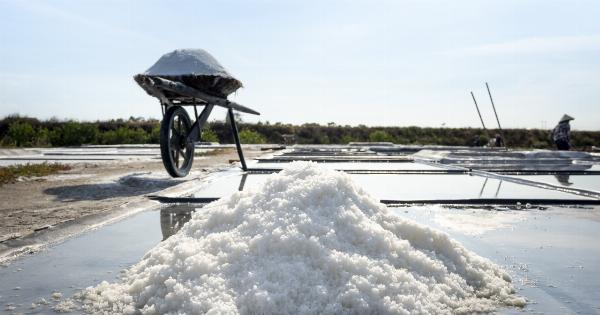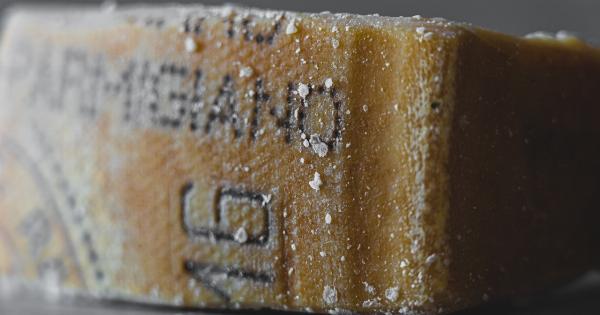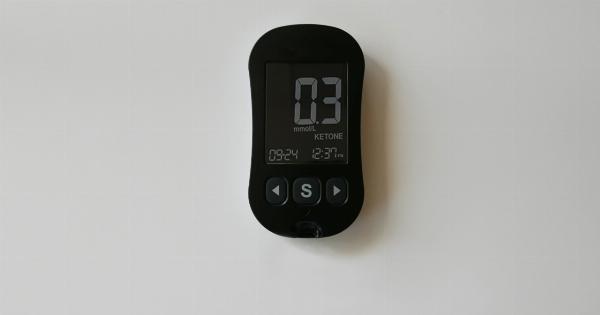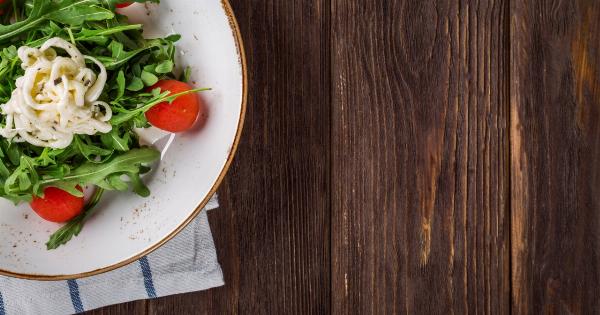As we age, our dietary needs and preferences change. One of the most significant considerations in our later years is managing sodium intake.
Salt is a vital ingredient in many dishes, but it can have negative effects on our health when consumed in excess. For older adults, hypertension and other cardiovascular issues may result from too much sodium in the diet. Luckily, there are options for seniors who want to reduce their salt intake without sacrificing taste.
Why is Sodium Intake Important for Elderly People?
Sodium intake is crucial for all individuals, but older adults are at particular risk for health complications associated with excessive salt consumption. Hypertension, or high blood pressure, is prevalent in seniors.
According to the Centers for Disease Control and Prevention (CDC), over 65% of adults over the age of 60 have hypertension. High blood pressure is associated with heart disease, stroke, and kidney damage. Reducing sodium intake can help to lower blood pressure and prevent the onset of cardiovascular issues.
What is Gentle Salt?
Gentle salt is a type of salt produced with potassium chloride rather than sodium chloride. Potassium chloride is a mineral that is found naturally in many foods, including fruits and vegetables.
Gentle salt has less sodium than traditional table salt and can provide health benefits for older adults. It is also an option for those who are sensitive to the taste of standard low-sodium salts, which can have a bitter aftertaste.
How Does Gentle Salt Work?
Gentle salt is a salt substitute that contains a blend of potassium chloride and sodium chloride. It functions similarly to traditional table salt: it enhances the flavor of food and helps to preserve it.
However, it has less sodium than table salt and can be consumed in larger quantities without exceeding the recommended daily sodium intake. Gentle salt can be used in cooking and baking and can be added as a seasoning to food.
Where Can You Buy Gentle Salt?
Gentle salt is widely available at grocery stores, health food stores, and online retailers. Many brands produce gentle salt, including Morton and Nu-Salt. It is sold in various forms, including granulated, coarse, and fine-ground.
It is important to read labels carefully when purchasing gentle salt to ensure that it is the right product for you.
Other Ways to Reduce Sodium Intake for Seniors
Gentle salt is not the only way for seniors to reduce their salt intake. Here are some additional strategies for lowering sodium consumption:.
1. Cook at Home
Many prepackaged and prepared foods are loaded with salt. Cooking at home allows you to monitor the amount of salt in your meals and use gentle salt as a substitute for traditional table salt.
Try experimenting with herbs and spices to add flavor to your food without relying on salt.
2. Read Labels Carefully
When purchasing packaged foods, be sure to read labels carefully. Look for products labeled “low sodium” or “no salt added.” Be mindful of the sodium content in cheese, meats, and canned goods.
3. Choose Fresh Foods
Fresh fruits and vegetables contain little to no sodium and can be an excellent addition to your diet. Avoid processed snacks and choose fresh options like fruits, nuts, and seeds instead.
4. Rinse Canned Goods
Canned foods can be a convenient addition to your diet, but they often contain high levels of sodium. Rinse canned goods before consuming them to remove excess salt.
The Bottom Line
Gentle salt is an excellent option for senior citizens who want to reduce their sodium intake without sacrificing flavor. It contains less sodium than traditional table salt and can be used in cooking and as a seasoning.
Along with gentle salt, there are many other strategies seniors can adopt to lower their sodium intake, such as cooking at home and choosing fresh foods. By making small changes, seniors can improve their health and reduce their risk of cardiovascular issues associated with excess sodium consumption.































